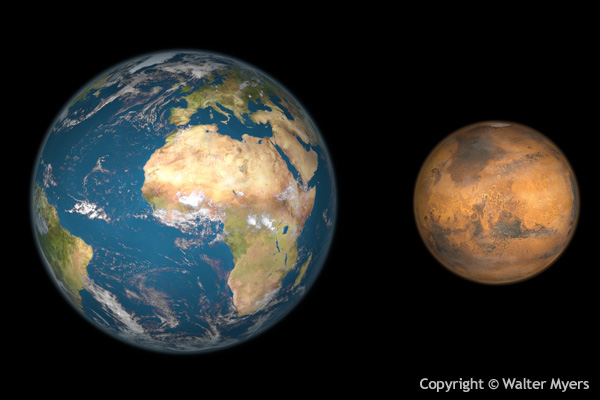
Ever wonder what will happen if we colonise Mars. How the drastic decline of the population from Earth will affect our planet? Here’s a hypothetical illustration of impact on both lives of us humans on Mars and Our planet Earth with less or no humans…
The curiosity for landing on Mars is weirdly self-destructive, yet here we are – ready to colonise Mars by 2030. It all started in 1965 when Nasa’s Mariner 4 aircraft completed the 1st Martian flyby. It took us 6 years after that to land first spacecraft Soviet Union Mars 3. It was a successful mission to Mars which gave us four mars rovers to study the planet with; Out of which Curiosity Rover and Nasa Mars Odyssey are still active. Thanks to Odyssey for giving us the map of the entire planet of Mars which showed similarities towards Earth. Although it wasn’t enough yet

It wasn’t until “Flowing icy water” was found under the crust of Mars that the planet was marked habitable for the living. The idea of Man’s mission to Mars unfolded quickly and here we are today, almost ready for our mission. Elon Musk is planning on a million humans living on Mars by 2060s. (Ref: http://news.nationalgeographic.com/2016/09/elon-musk-spacex-exploring-mars-planets-space-science/)
Let’s talk about the living conditions in which Martians will have to survive. To those who don’t know, the average temperature of Mars is -80 Fahrenheit’s (-60 Celcius); -195 Fahrenheit’s in winters and 68 Fahrenheit’s in summers. The Martian atmosphere consists of approximately 96% carbon dioxide, 1.9% argon, 1.9% nitrogen, and traces of free oxygen, carbon monoxide, water and methane, among other gases, for a mean molar mass of 43.34 g/mol.
As it has very little oxygen and mainly carbon dioxide, it’s not possible to breathe on Mars without spacesuit with oxygen.

Credits: NASA/JPL/University of Arizona
Colonising on Mars will not be a treat for mankind, although it will give Earth the much-needed break for pollution. The only reason for writing this blog is to highlight the fact that while so much of investment has been allocated on colonising on Mars. If half of that amount is spent on our mother earth then that will be a much fruitful investment. We already know that no planet even comes closer to our Earth and it needs our attention now. Running away might give us temporary relief but in long term, we are doomed as other planets have drastic atmosphere changes.
Why not save what we have? Why not spend on preserving Earth instead?
Please think about this.
